Wet 3D display presented at SIGGRAPH
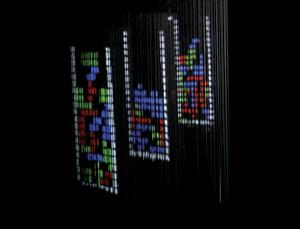
Waterfalls have never looked so fun. A team from Carnegie Mellon University in Pittsburgh, Pa., Has turned several planes of falling water drops into a multi-layer computer display, suitable, for example, for playing Tetris in three dimensions.
Peter Barnum, Peter Sarnivasa Narasimhan and Takeo Kanade developed a device that can project images onto several screens made up entirely of water, in turn, thereby creating a voluminous “picture”.
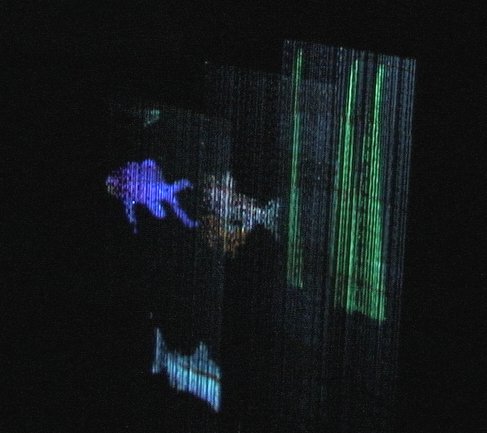
The image on each of the screens is formed with the help of water droplets that fall from 50 needles of stainless steel, illuminated by the projector. Drops fall from the needles at the same time in such a way that every second 60 lines are created, consisting of them. The camera monitors their position and provides the projector with information that, at the right moment, illuminates the drops with pulses of light. The human eye combines information from several pulses together, which creates the illusion of a moving image on the current "liquid screen".
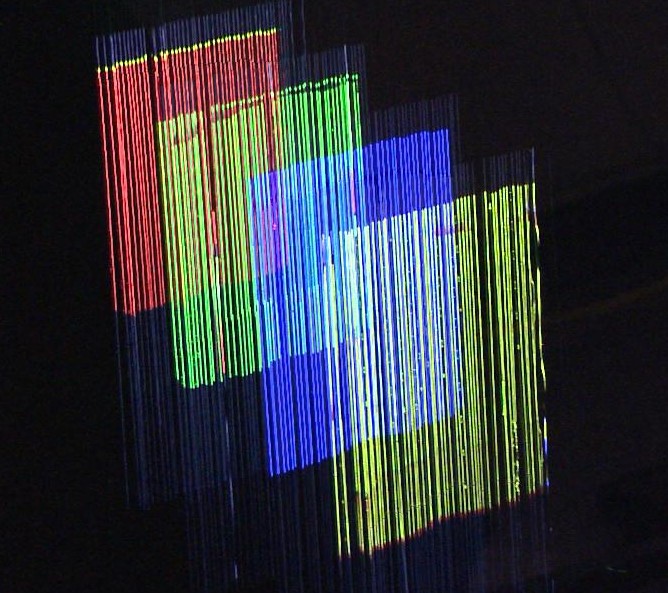
Scientists used four sets of needles arranged in parallel and controlled by a computer, which ensures that the lines of the drops fall with a slight delay so that the drops in one vertical layer do not overlap the drops from the same lines in the other.
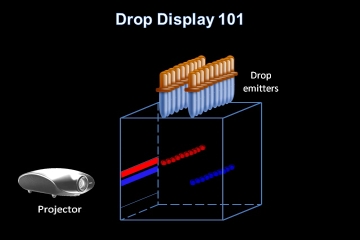
')
“One projector, due to fast switching between images, can easily display information on different layers at different times,” says Barnum. “Everything that you see on a regular computer monitor: pictures, text, movies or something interactive, you can display on the“ drip display ”.

Developers report that, unlike other similar systems developed earlier, adjusting image layering requires less manual refinement, and also provides greater resolution than was previously achieved.
“This is a fundamentally new category of display technology,” says Professor Roel Vertegaal of Royal University in Kingston, Ontario.
As one of the possible applications of the technology Vertigaal believes that such a display can be used in the operating room. "If it were possible to completely sterilize water, then it would be possible to get a completely antiseptic environment on which a three-dimensional image could be projected."
The Barnum team will present their work at the SIGGRAPH 2010 annual computer graphics conference, which will be held in Los Angeles at the end of July.
Full description of the technology in PDF, read here .
Video with a demonstration of the display in the work:
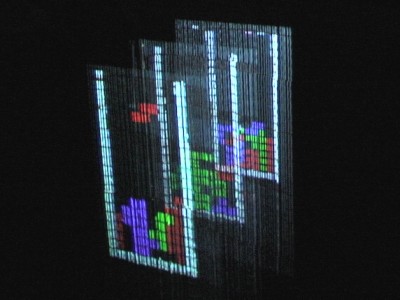
Based on: New Scientist , Carnegie Mellon University
Source: https://habr.com/ru/post/98371/
All Articles